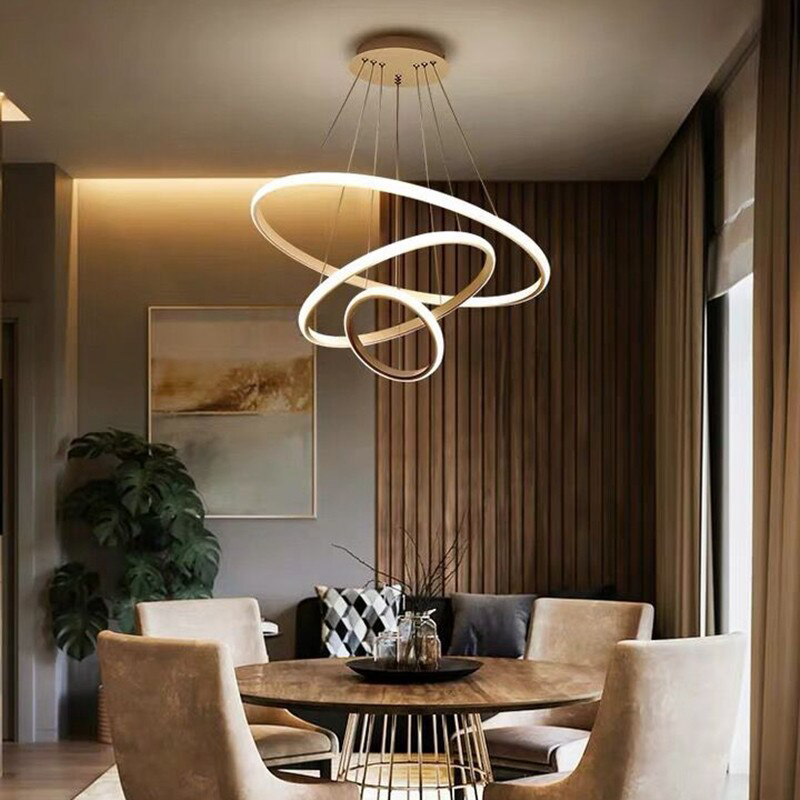Pendant lamps have been around for centuries but nothing quite matches the elegance and sophistication of an exquisite chandelier. One such chandelier that has caught the attention of art-deco enthusiasts is Lampadario a Ragno, or the Spider Chandelier. This vintage lamp is reminiscent of a spider’s web, with slender arms branching out to hold its clusters of lights. In this article, we delve into the history, construction, and design of the Lampadario a Ragno, and understand why it has become an iconic piece of lighting.
History of the Lampadario a Ragno
The Lampadario a Ragno first appeared in the early 20th century during the Art Nouveau movement. Art Nouveau was an artistic and architectural style that rejected traditional forms and focused on creating designs inspired by nature. The Lampadario a Ragno was one such design that captured the organic, flowing shapes of spiders, and was celebrated for its innovative style.
The lamp was designed by Italian artist and architect Giuseppe Ostuni in the 1950s. Ostuni was known for his bold and original creations that offered a new take on traditional designs. The Lampadario a Ragno was one of his most popular creations, and it quickly gained popularity in Italy and then throughout Europe and the United States.
Construction of the Lampadario a Ragno
The Lampadario a Ragno is a meticulously crafted chandelier comprising of arms, bulbs, and crystals. The arms form the base structure of the lamp and are designed to resemble the legs of a spider. Each arm ends in a candle-like bulb holder, on which the light fixtures sit. The arms are crafted using high-quality chrome and brass to ensure durability and strength.
The bulbs used in the Lampadario a Ragno are often candelabra or light bulbs in clusters of three or more. These bulbs provide ample light and create a warm, inviting ambiance in any room. The Lampadario a Ragno also features multiple crystals, both large and small, that dangle from the arms of the lamp. These crystals catch the light from the bulbs, creating a sparkling effect that radiates throughout the room.
Design of the Lampadario a Ragno
The design of the Lampadario a Ragno is what sets it apart from traditional chandeliers. It has become an enduring symbol of Italian design due to its unique spider-like silhouette. The arms of the chandelier curve upwards and outwards, creating a surreal effect that distinguishes it from conventional designs.
The Lampadario a Ragno is often embellished with colorful crystals that accentuate the intricate design of the lamp. These crystals are carefully placed so as not to overpower the overall look of the chandelier, but rather to synergize and complement it. The crystals add to the glamour and splendor of the lamp, making it a statement piece in any room.
